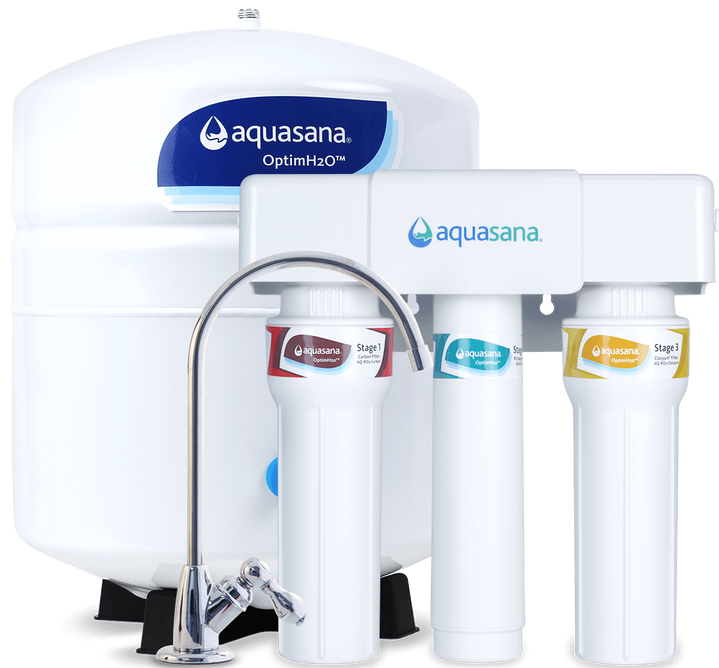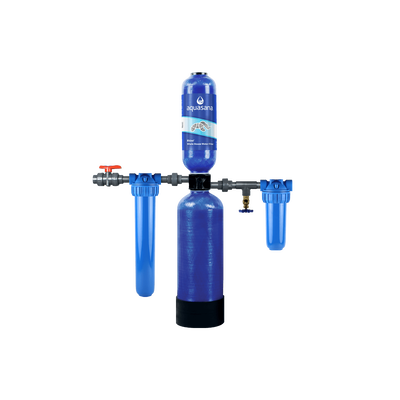What do reverse osmosis systems remove?
The process of reverse osmosis will remove all organic compounds, viruses, and most minerals. It will not remove chemicals such as chloramines, VOCs, PFOS, and PFOA. To remove these contaminants, reverse osmosis systems will use other methods which is why systems often feature multiple stages of filtration.
Do I need a reverse osmosis system?
Reverse osmosis is a powerful filtration method that RO systems can utilize to help improve the safety and quality of tap water in your home, business, or anywhere else yous see fit.
Whether you need a reverse osmosis system or not is dependent on the contaminants that are currently present in your water. You can request a local water quality report to find out what’s in your water and if you need a filter. If the contaminants concern you, look at different types of water filters such as whole house, under sink, and countertop systems to determine which option is best for your home. You may find that a less powerful filter will handle the job, but you can always choose to use an RO system if you want extra peace of mind.
If you choose to go the RO route, we highly recommend opting for a system that has remineralization technology. Without it, the RO system may remove healthy minerals that also improve the taste of tap water. If you aren’t sure where to start, check out our SmartFlow® Reverse Osmosis system that feature remineralization technology along with exceptional performance. In fact, our system is tested and proven to remove 5x more contaminants than other reverse osmosis systems. Find out more about this system and how it can help you enjoy healthier, better tasting tap water!
UNDER SINK FILTERS
OptimH2O® Reverse Osmosis + Claryum®
Combines Claryum® and reverse osmosis technology to remove 88 contaminants including fluoride and arsenic.




